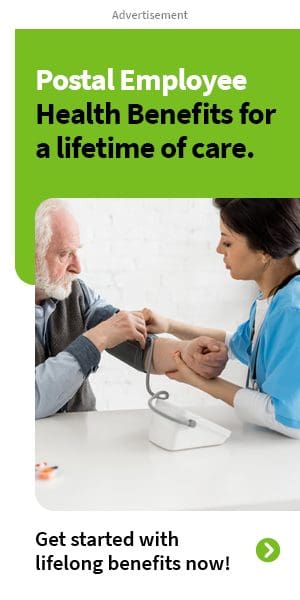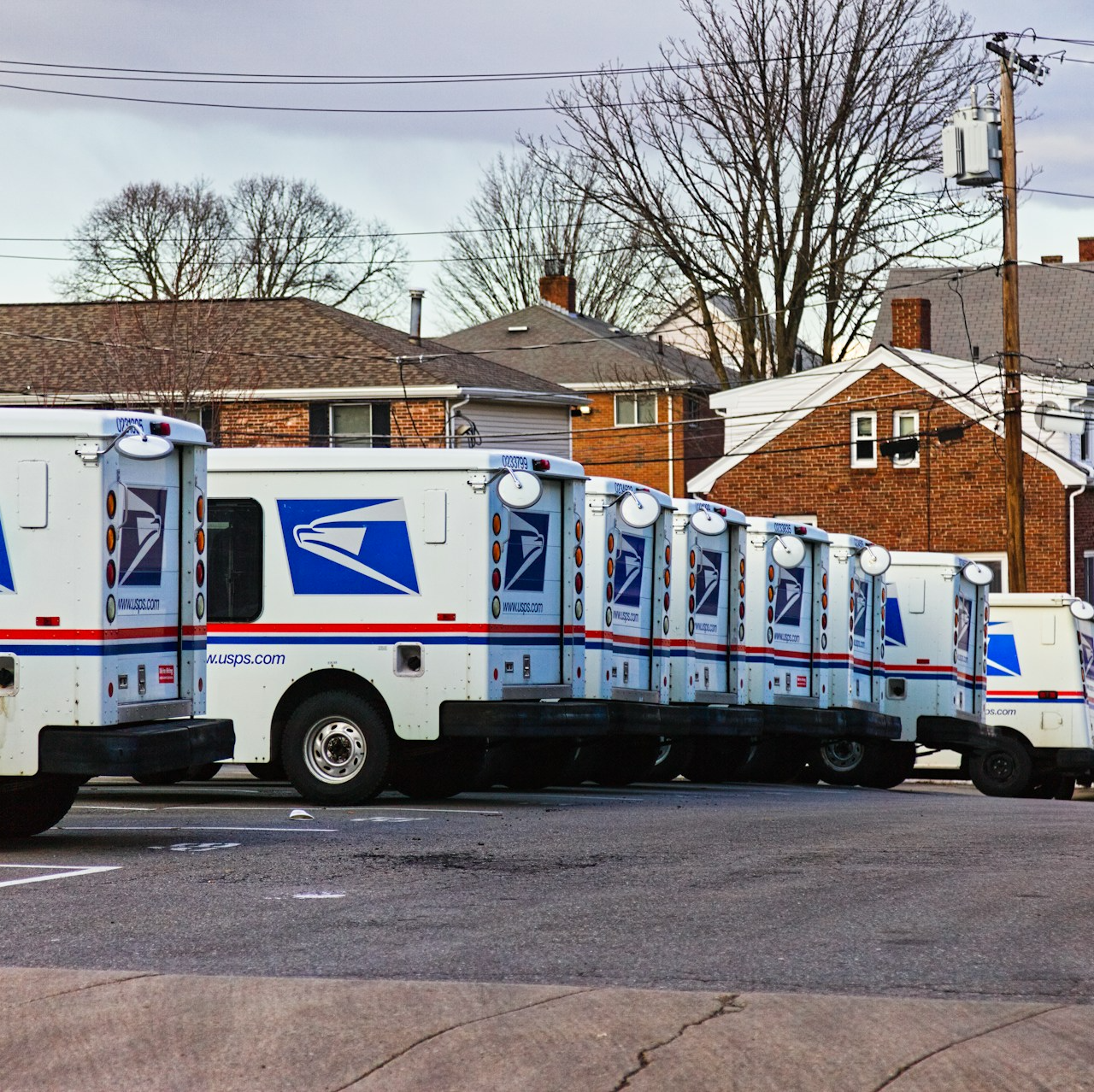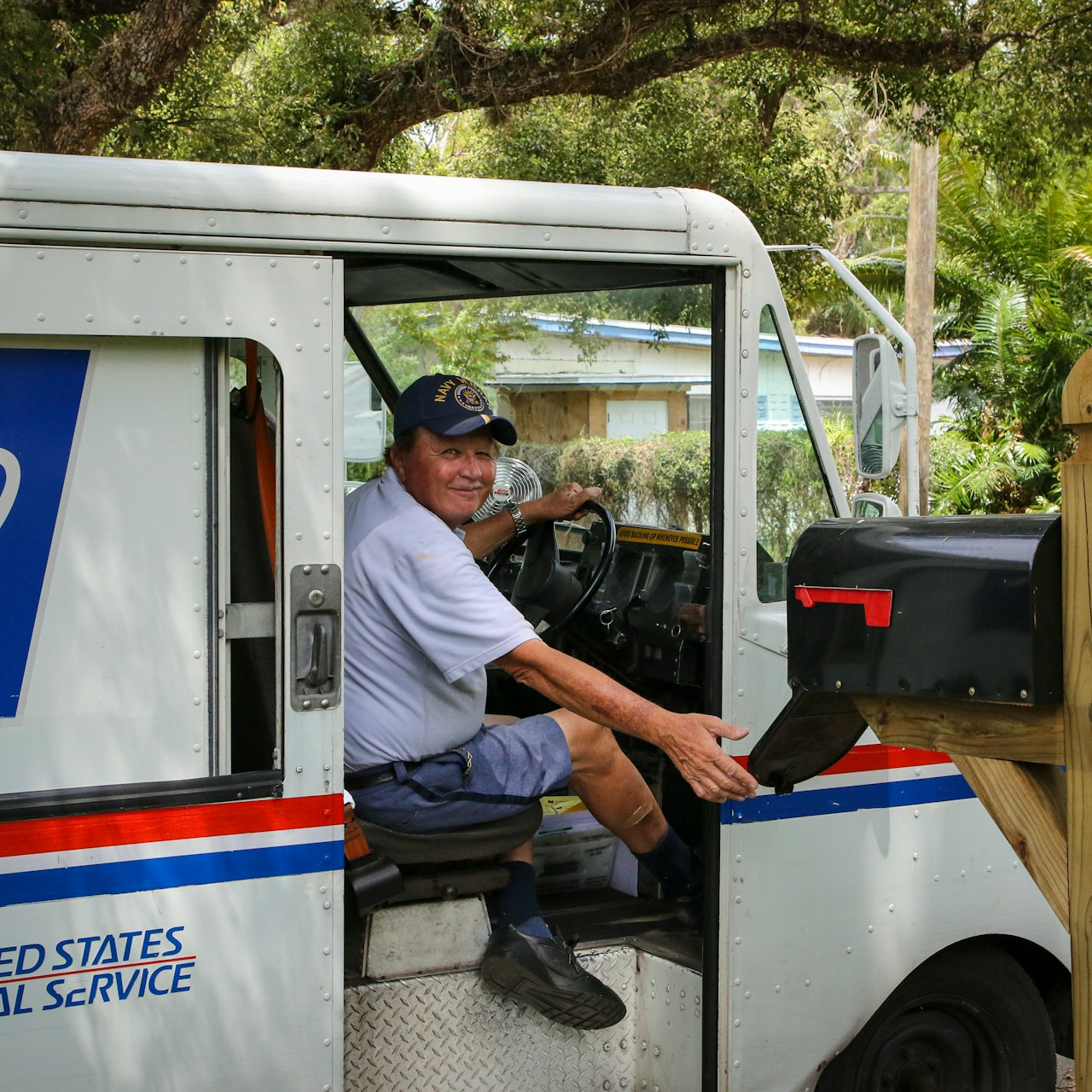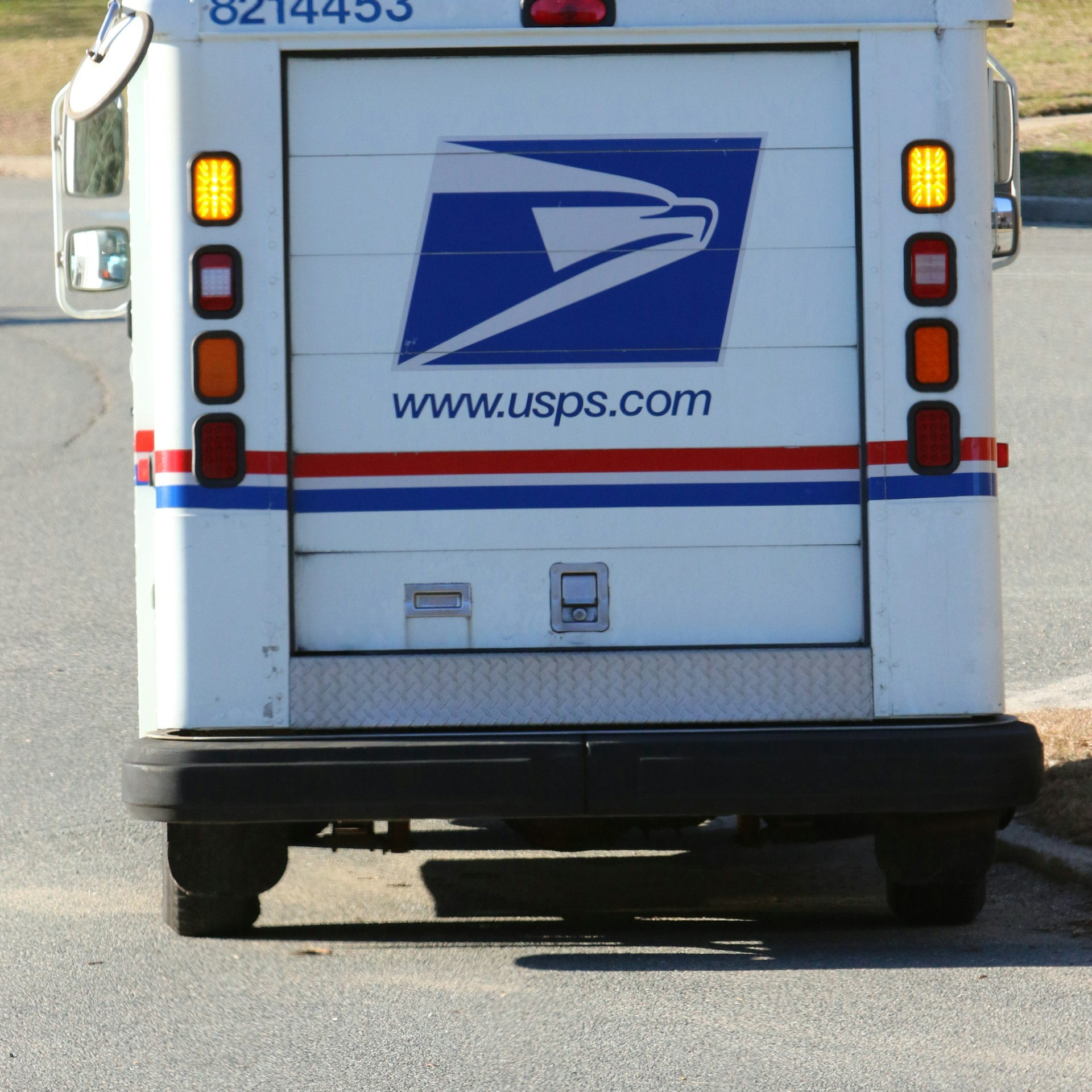Key Takeaways
-
The 2025 transition to Postal Service Health Benefits (PSHB) will change how USPS employees, retirees, and families access healthcare, emphasizing tailored options and Medicare integration.
-
Open Season is critical for making informed choices to secure the right coverage and avoid unexpected gaps or costs.
Why USPS Workers Should Pay Attention to PSHB
The introduction of the Postal Service Health Benefits (PSHB) program in 2025 isn’t just another bureaucratic adjustment—it’s a landmark change that will impact your healthcare coverage. Replacing the Federal Employees Health Benefits (FEHB) program for USPS employees, retirees, and their families, PSHB offers plans specifically tailored to your needs.
Whether you’re an active employee or a retiree, this shift comes with new rules, new options, and new opportunities. Understanding how PSHB differs from FEHB will empower you to navigate the transition smoothly and secure the benefits that matter most to you and your family.
Why Is PSHB Happening?
The PSHB program was born from the Postal Service Reform Act of 2022, designed to address systemic challenges faced by USPS. Here’s why this change matters:
-
Targeted Benefits: FEHB served a broad range of federal employees but didn’t always meet the unique needs of USPS workers. PSHB is customized for postal workers.
-
Medicare Efficiency: Mandatory Medicare integration for eligible retirees streamlines benefits and reduces redundancies.
-
Cost Sustainability: PSHB aims to stabilize USPS finances while maintaining robust coverage options.
-
Simpler Choices: The program offers plans that are easier to navigate, tailored to postal-specific challenges.
This shift reflects a move toward modernized, sustainable healthcare tailored to a workforce with distinct needs.
Important Dates for the Transition
The transition to PSHB involves specific deadlines that you can’t afford to miss:
-
Open Season: From November 11 to December 9, 2024, you’ll have the chance to explore your PSHB options, compare plans, and make changes to your coverage.
-
Effective Date: January 1, 2025. This is when PSHB officially replaces FEHB for USPS employees and retirees. Any decisions made during Open Season take effect on this date.
If you’re currently enrolled in FEHB, you’ll be automatically transitioned to a similar PSHB plan. However, automatic enrollment may not guarantee the best fit, so reviewing your options during Open Season is essential.
How PSHB Impacts Retirees
Retirees will see some of the most significant changes under PSHB, particularly regarding Medicare. Starting in 2025, Medicare-eligible retirees and their dependents must enroll in Medicare Part B to maintain PSHB coverage.
Key Points on Medicare Integration
-
Mandatory Enrollment: Medicare Part B enrollment is required for retirees and dependents who qualify and retire after January 1, 2025.
-
Exemptions: Retirees who left USPS before January 1, 2025, and are not enrolled in Medicare Part B are exempt from this requirement.
-
Coordinated Coverage: Medicare becomes your primary insurance, with PSHB covering secondary costs like copayments and deductibles.
-
Streamlined Benefits: This integration simplifies claims processing, making your healthcare experience smoother and more predictable.
Financial Considerations for Retirees
In 2025, the standard Medicare Part B premium is $185 per month, with an annual deductible of $257. These costs should be included in your financial planning. Missing Medicare enrollment deadlines can lead to penalties or coverage gaps, so preparation is key.
For retirees, PSHB’s integration with Medicare ensures a more efficient and comprehensive benefits structure, reducing out-of-pocket expenses and administrative hassles.
What Active Employees Need to Know
For USPS employees still on the job, PSHB offers a range of benefits that align more closely with the physical demands and occupational risks of postal work.
What’s Different for Active Employees?
-
Tailored Plans: PSHB options are designed to address the specific healthcare challenges faced by postal workers.
-
Automatic Enrollment: If you’re currently in FEHB, you’ll automatically transition to a comparable PSHB plan unless you choose otherwise during Open Season.
-
Expanded Options: With a broader selection of plans, you can find one that matches your healthcare needs and budget more closely.
Being proactive during Open Season ensures that you’re not just relying on default enrollment but actively choosing the plan that works best for you and your family.
How PSHB Affects Families
The impact of PSHB extends to your dependents, with familiar coverage tiers like self-only, self-plus-one, and family plans remaining available. However, the specifics of each plan’s network, benefits, and costs may differ.
Tips for Navigating Family Coverage
-
Evaluate Plan Networks: Confirm that your family’s preferred doctors, specialists, and facilities are included in your chosen plan.
-
Compare Plan Tiers: Determine whether a self-plus-one or family plan is the most cost-effective option for your household.
-
Plan for the Future: Consider upcoming healthcare needs, such as pediatric care or specialist visits, when selecting a plan.
-
Understand Benefit Changes: Review enhancements or limitations in benefits to ensure your dependents’ needs are met.
PSHB’s family coverage options offer flexibility but require careful consideration to avoid surprises.
Don’t Overlook Open Season
Open Season, from November 11 to December 9, 2024, is your chance to make informed decisions about your healthcare coverage. Here’s how to approach it:
-
Explore Plan Options: Use comparison tools to evaluate differences in coverage, premiums, and deductibles.
-
Consult Experts: USPS benefits counselors can answer questions and clarify plan details.
-
Anticipate Long-Term Needs: Consider how your healthcare needs might change and select a plan that offers flexibility.
Open Season is the only time to actively select or change your plan for 2025. Taking control now ensures you’re not caught off guard later.
Addressing Common Questions
What Happens If I Skip Open Season?
If you don’t participate, you’ll be automatically transitioned to a similar PSHB plan. However, this default option may not fully meet your needs, so it’s better to review and select a plan.
Will My Doctors Be Covered?
Provider networks under PSHB may differ from FEHB plans. Use directories to confirm that your preferred providers are included.
What About Non-Medicare-Eligible Retirees?
If you’re not eligible for Medicare, you can still enroll in a PSHB plan. However, out-of-pocket costs may be higher compared to those with Medicare integration.
Budgeting for the Transition
The shift to PSHB may impact your healthcare costs. Here’s how to prepare:
-
Incorporate Medicare Costs: Include premiums and deductibles in your budget if applicable.
-
Compare Plan Costs: Evaluate premiums, copayments, and out-of-pocket maximums.
-
Plan for Future Expenses: Anticipate potential costs for services not fully covered by your chosen plan.
-
Assess Family Needs: Factor in dependent care costs to select the best plan tier.
Budgeting ahead helps you avoid unexpected expenses and ensures you’re financially prepared for the transition.
A New Era of Healthcare for USPS Workers
The 2025 Postal Service Health Benefits program is more than a change in administration—it’s a reimagining of how healthcare is delivered to USPS employees, retirees, and families. By offering tailored plans, integrating Medicare, and streamlining benefits, PSHB sets a new standard for federal employee healthcare. Staying informed and participating during Open Season are your keys to making this transition a success.












